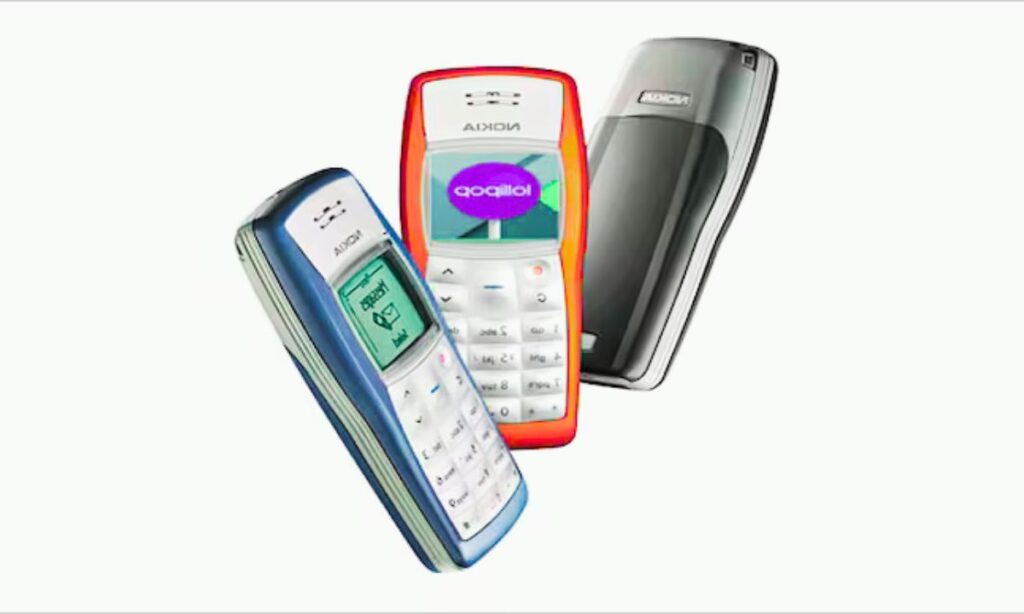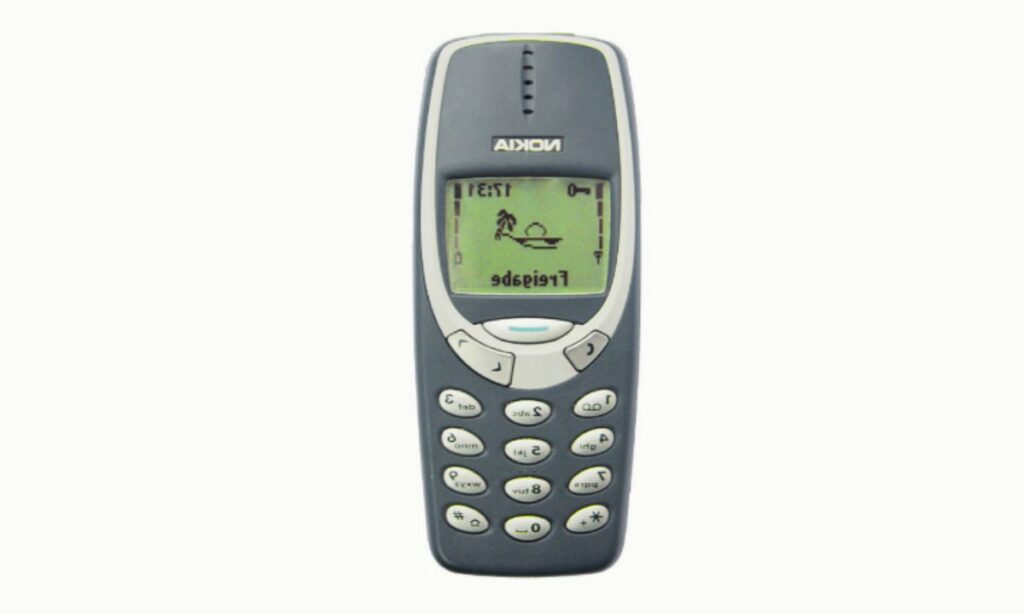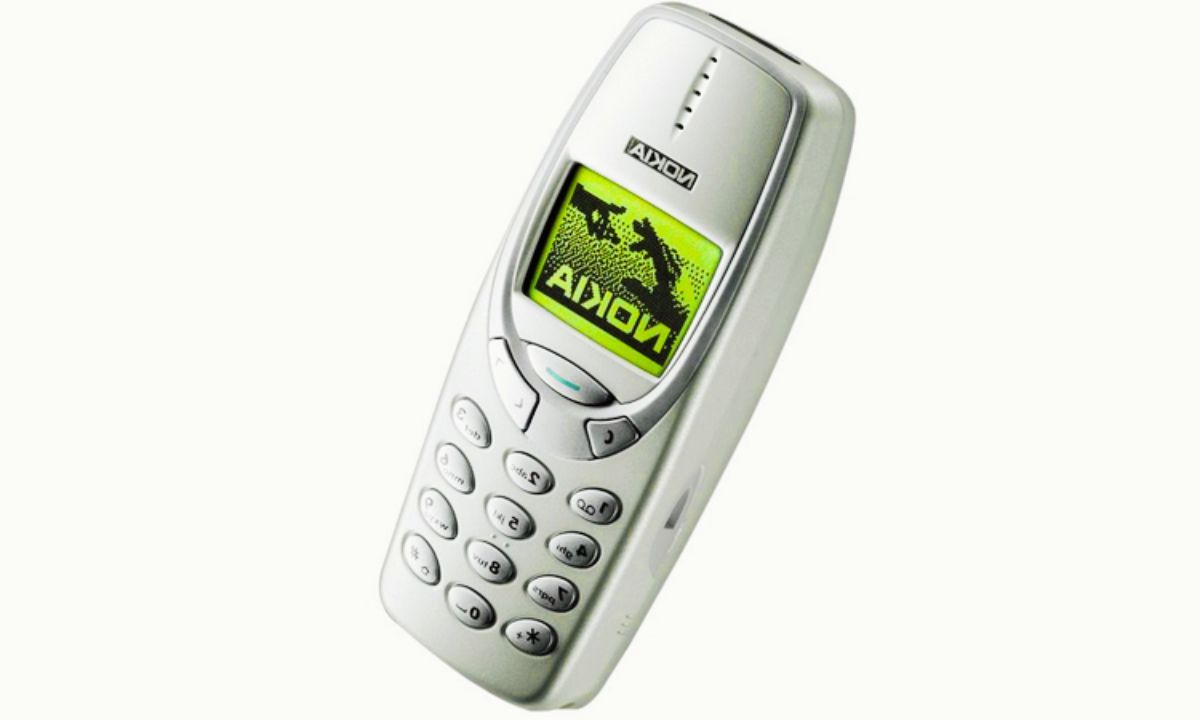In a world obsessed with touchscreen marvels and ever-changing smartphone trends, one small device continues to hold a special place in India’s tech history—the Nokia 1100. Once dismissed by critics as too simple, this phone quietly became a cultural icon and a technological lifeline for millions. Launched in 2003, and now available for under ₹1000, the Nokia 1100 isn’t just a phone—it’s a memory etched in the heart of a generation.

The Power of Simplicity in Design
The beauty of the Nokia 1100 wasn’t in flashy features, but in its no-nonsense, minimalist design. It had a compact, rubber-grip body that could withstand drops, heat, dust, and rough daily use. While modern smartphones often crumble under a single fall, this little warrior earned a reputation for being virtually indestructible.
A Battery That Could Outlast Blackouts
One of the most remarkable features of the Nokia 1100 was its battery life. With a single charge, the phone could last several days—sometimes even a full week. In a country where power outages were frequent and unpredictable, this feature was nothing short of a miracle.
The energy-efficient design allowed the phone to function in areas where electricity was limited or unreliable. For families in rural India, the Nokia 1100 was more than a device; it was a dependable tool in emergencies and a way to stay connected without constant recharging.
Transforming India’s Communication Landscape
Before the Nokia 1100, mobile phones were seen as luxury items—unaffordable and complex. But this model changed the game completely. Priced reasonably at the time of launch and even more so today (as low as ₹1,000), it broke the economic barriers that had kept mobile communication out of reach for many.
It wasn’t just a gadget—it was a turning point. For countless Indians, owning a Nokia 1100 meant joining the modern world. Small business owners could coordinate with suppliers, families separated by migration could talk regularly, and farmers could access market updates—all from the palm of their hands.
More Than Just a Phone—A Cultural Symbol
The Nokia 1100 also carved out a place in Indian pop culture. Its iconic ringtones, Snake game, flashlight, and basic yet functional features became instantly recognizable. It wasn’t uncommon to see a group of friends huddled around one phone, playing games or sharing messages.
This cultural penetration turned the phone into something far beyond its hardware. It symbolized connection, accessibility, and progress. It became a badge of belonging in a rapidly modernizing society.
A Gateway to Economic Empowerment
For many Indian families, purchasing a Nokia 1100 was the first major tech investment. It was affordable, reliable, and easy to maintain. Its operating costs were minimal, and it worked efficiently with prepaid plans—perfect for households with limited income.
And because it rarely required servicing, users weren’t burdened with frequent repairs or hidden expenses. This economic sustainability allowed the phone to remain relevant far longer than most devices in its class.
Lasting Legacy and Continued Relevance
Even today, long after its production has stopped, the Nokia 1100 holds a certain mystique. You’ll still find it in use in rural areas, or tucked away in drawers as a trusted backup. Collectors and tech enthusiasts seek it out, not just for nostalgia, but as a reminder of a time when mobile phones were built to last.
Its legacy isn’t just in numbers sold—it’s in lives touched, connections made, and the digital bridges it helped build across India.
Final Thoughts
The Nokia 1100 might not run social media apps or shoot 4K video, but its emotional and functional value is something most smartphones today can’t replicate. At under ₹1000, it offers a kind of rugged reliability that’s become rare in the tech world. It’s a reminder that sometimes, less really is more.

So if you’re hunting for a dependable backup phone or simply want to own a piece of mobile history, the Nokia 1100 still delivers—quietly powerful, and proudly unforgettable.

